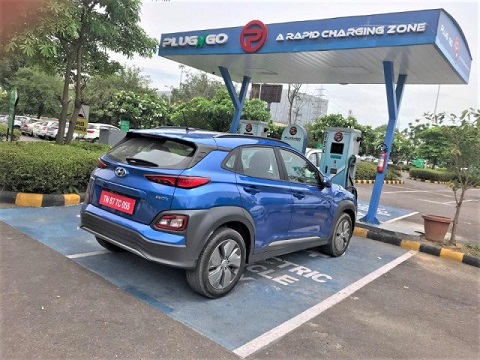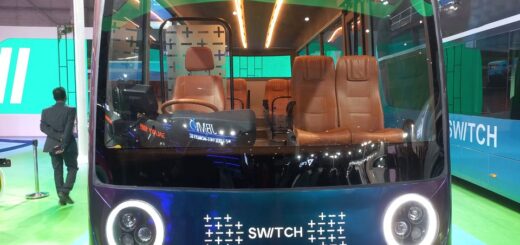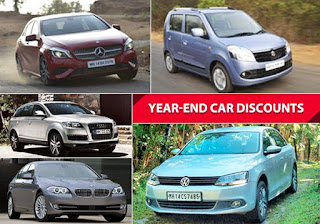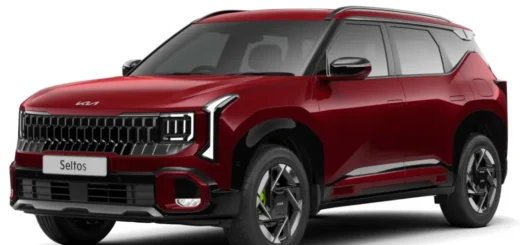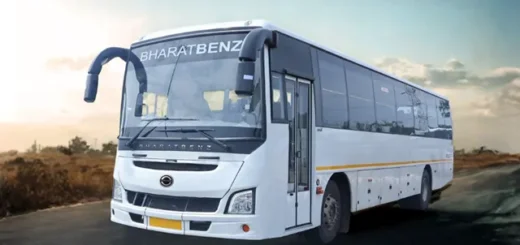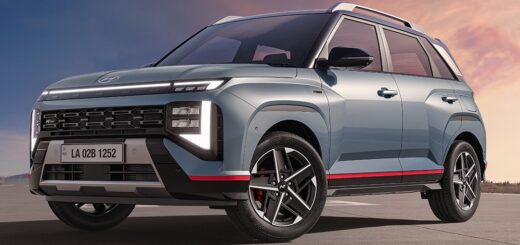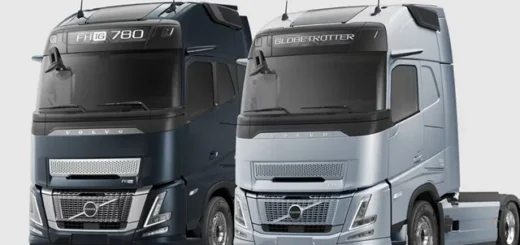Electric Vehicles: Future Roadmap for India
The International Conference on “Electric Vehicles: Future Roadmap for India” was jam packed with industry experts sharing their thoughts on India’s readiness and adoption of electro-mobility, and also on procedural troubles in realizing the ultimate vision of the auto industry going emission-free.
As the entire globe is moving towards electric mobility in a big way, with technological push by the industry and incentives provided by governments for their faster adoption, the Indian automotive industry is at the cross-roads now. Electric mobility is not just a technological shift, but warrants a comprehensive introspection of how mobility is being perceived by the industry and society, and kindles whole new imaginations and possibilities on its entire supply chain and business models altogether. It is expected to be disruptive like never before. To ride this transformative wave in a smooth and sustainable fashion, Indian auto industry and governments must embrace an innovative and pragmatic approach based on our own market scenario, per-capita income, purchasing power, and strategic social development goals.
In this regard, three key documents (or rather approaches) that outline India’s agenda and policy needs to adopt electric mobility constitute the baseline for any discussions and debates on the matter for now. First one is the National Electric Mobility Mission Plan 2020 (2013), which aims to usher in 7 million EVs on Indian roads by 2020. The second document is the NITI Aayog’s transformative mobility report (2017) that sets out shared-connected-electric mobility approach, by which 100% public transport vehicles and 40% of private vehicles are to become all-electric by 2030. Lastly, the SIAM’s white paper on electric vehicles (December 2017) that aims to achieve new vehicle sales in the country to be 100 percent pure electric vehicles (BEV and FCV) on the 100th anniversary of India’s independence, i.e. 2047.
Also Read: Sustainable Mobility: A Global Vision In Indian Context
In a bid to elicit more clarity on India’s blueprint for adoption of EVs, ASSOCHAM recently organized a one-day International Conference on “Electric Vehicles: Future Roadmap for India” on 19th December, 2017 at New Delhi. It offered all important stakeholders a common platform to deliberate around EVs in India, and debated on what is the right way or approach to EV adoption in the country. Speaking at the inaugural session, Mr. R S Kalsi, Chairman of ASSOCHAM National Council on Auto and Auto Ancillaries, observed that the EV transformation in the auto industry is a global certainty and is already happening, but “Indian industry cannot afford to watch the trend and assimilate as we did in previous technology revolutions, but be an active player to gain strategic leverage.
Chicken or Egg Conundrum
Speakers at the conference agreed that India being one of the largest producer ICE vehicles should take lead in EV vehicle and component manufacturing. Yet, to gain through the EV revolution, most of them consented that the industry and government should be ‘technology-agnostic’ as pure-electrics are not the only and cost-effective means to cut fuel imports and vehicular emissions in the country. Both the customers and the automakers should have enough leeway to make logical choices that is affordable, practical, and sustainable.
Reflecting a similar tone, Mr. Rahul Bharti, Senior Vice President, Maruti Suzuki India Limited, vouched for Hydrogen Fuel cell technology along with battery-electrics as a practical answer to zero-emission mobility debates. On local manufacturing of EVs, he argued for a ‘360-degree approach’ that is “consumer-centric and environmentally sustainable, by taking into account safety and recycling aspects of battery technologies, and also involving economies of scale by taking-up cell-level manufacturing to sustain the business”.
However, what is going to be the stakeholders opening move? Which should come first – EV manufacturing or the charging infrastructure? Will more and more EVs on road push for its charging ecosystem, or should the automakers wait for the EV infrastructure to mature enough to sustain their new products? “Creating an infrastructure that is future-proof is the key to this conundrum” said Dr. K.N. Sreevatsa, Vice President, ABB Limited. “It’s safe to follow global standards while making essential learnings and tweaking to local requirements, wherein some standardization and consolidation will help industry to brisk up EV production” he added.
“The catch-22 situation on EVs and infrastructure demands proper problem definition” observed Dr. K. Balasubramanian, Director, NFTDC. Technology is ‘knowledge integration’ he said, adding that affordable and efficient EV technologies can be locally developed and pooled together to overcome capital expenditure and initial ownership costs. Adding to the discussion, Mr. Debi Prasad Dash, Director of India Energy Storage Alliance (IESA) stressed on high-levels of localization as vital for EV boom in the Indian market, more so in the battery technologies, wherein certain local alternatives to Li-ion that are affordable and capable yet to be tried-out by the industry.
Buses and Masses
“Electric mobility should become the technology of the masses to be sustainable” opined Ms. Akshima Ghate, Associate Director – Transport and Urban Governance, TERI. Asserting that buses are critical to every energy and emission debates, she added that any roadmap on EV adoption in India must look at the institutional capacities of the STUs that run public transport in majority. Ms. Ghate also brought into discussion the importance of urban freight in EV debates, as an integral aspect of e-mobility vision.
Mr. Nishant Arya, Executive Director of JBM Group, from a bus maker point-of-view, underscored the product viability gap of electric buses as key deterrent to market adoption. Yet, he was positive that both the industry and government is moving in the right direction towards promotion of e-buses. He stressed on the need for stable fiscal incentives for buyers and export incentives for bus makers to make India a manufacturing hub.
Nevertheless, speakers concurred that India’s EV roadmap has to be pragmatic and realistic. Commenting on the ‘pure-electrics-only’ model that is dominating the future mobility discourses, Mr. Ashok Taneja, MD and CEO of Shriram Pistons and Rings Limited, said that the industry and government has to take into account a multitude of factors including per-capita costs of electrics, their efficiency, and access to masses. “None of us are opposed to EV shift, but the transition has to be a well-thought out, organic and practical”, he asserted, while asking the industry and governments to rationally view alternative fuels and hybrids in the Indian context.
Also Read: Electric Buses: Local and Affordable Solutions using Lead-Acid Batteries?
In a similar view, Mr. Vikram Gulati, Vice President, Toyota Kirloskar Motors, observed that no ‘one-fits-all’ approach can help the Indian case, and highlighted the need for a ‘family of EV technologies’ to realize the zero-emission vision in the upcoming decades. Mr. Vishvajit Sahay, Joint Secretary, Ministry of Heavy Industries and Public Enterprises, advocated a ‘calibrated approach’ for the auto industry to make the EV transition a successful endeavor.
On the whole, the international conference called for a ‘paradigmatic shift’ in the way industry and governments consider mobility solutions. At the same time, the experts agreed that Indian has to act cautiously with a rational and technology-agnostic approach, so as to sustainably serve the mobility needs of Indian society during the transition.
*An edited version of this article has been published in the January 2018 edition of MotorIndia Magazine.

